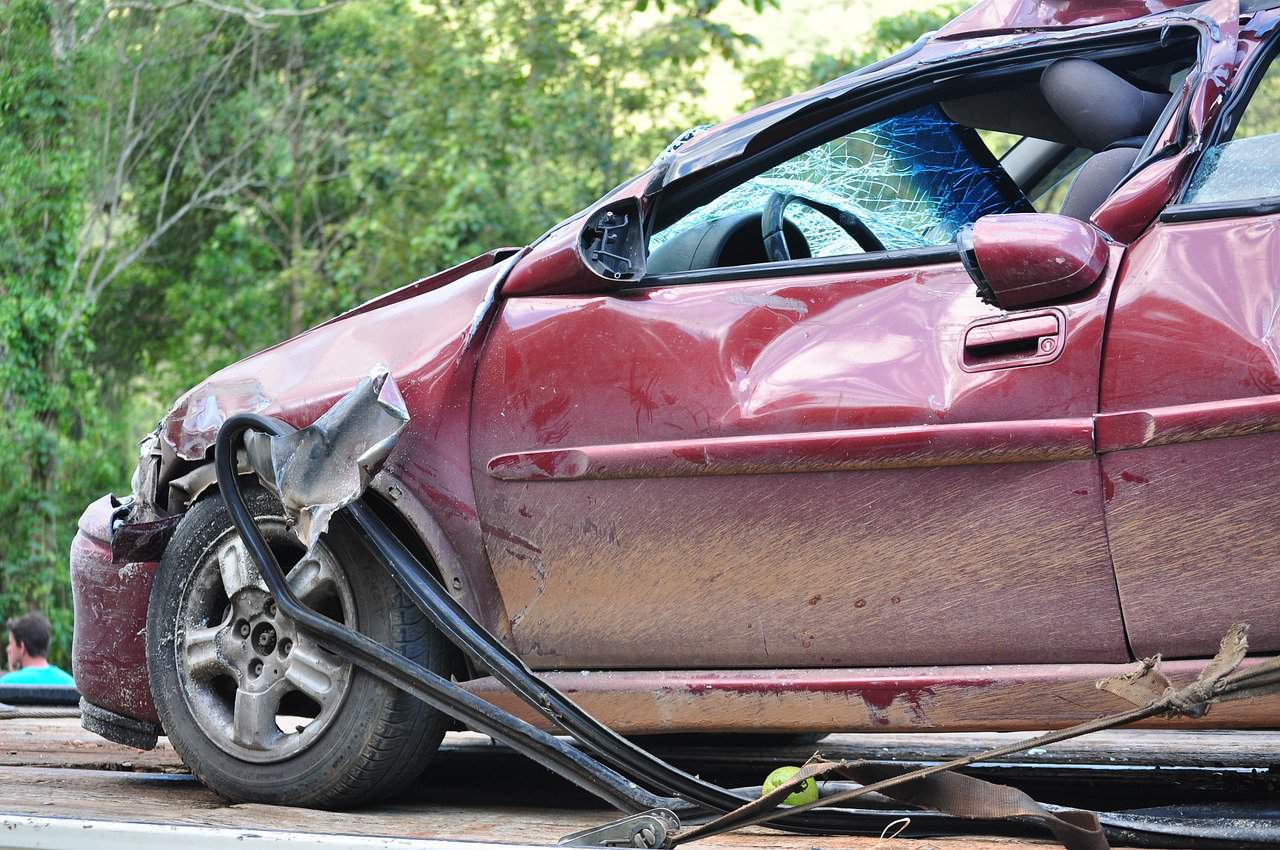Costa Rica’s roads have turned into a deadly trap, with traffic accidents claiming more lives and causing more injuries than ever before. On Friday, Insurance Superintendent Tomás Soley laid out the harsh reality while unveiling the Mandatory Automobile Insurance (SOA) rates for the 2026 marchamo. He called the ongoing crisis a “massacre” and pointed out that the country has no real plan to turn things around.
The SOA forms part of the annual marchamo fee that every vehicle owner pays. It covers medical costs up to ₡6 million per person in case of an accident. Rates get set each year based on the volume of crashes, the extent of injuries, and the bills for treatment. This time, premiums are jumping by an average of 10.15%, driven by the spike in road incidents.
These numbers reflect a grim trend. In 2024, accidents left 45,570 people injured—the highest figure on record. That’s a big leap from the pre-pandemic years, when injuries hovered around 37,000 annually between 2017 and 2019. T
The pandemic years of 2020 and 2021 saw a dip as fewer people hit the roads, but since then, the numbers have climbed steadily. Fatalities tell an even darker story: 505 people died at accident scenes in 2024, shattering previous records. Motorcyclists made up 53.6% of those deaths, with speeding causing 175 fatalities, lane invasions 133, and driver errors 65.
Soley didn’t hold back in his assessment. “If something different is not done to stop this massacre on the roads, this phenomenon will continue to grow,” he said. He stressed that repeating the same approaches yields the same poor outcomes.
According to him, the problem demands a full public policy overhaul, not just talk. He called for stronger enforcement, better driver habits, and tools like remote camera systems for fines—measures that work in other countries but remain absent here. Traffic police oversight falls short, and without bold steps, the cycle persists.
The human toll shows in recent events. Just last weekend, five separate crashes killed three people and injured four others across places like Puerto Jiménez, Coyol de Alajuela, Rio Segundo de Alajuela, Las Juntas de Abangares, and Carrillo de Guanacaste. These aren’t isolated; they’re part of a pattern where over 40,000 accidents happened in 2024 alone, up by 4,790 from the year before. Nearly 28,000 involved motorcycles, and another 8,900 hit other vehicles.
For drivers here, this means higher marchamo bills starting November 1, when payments kick in. The SOA portion alone pushes costs up, and that’s before adding property taxes and other fees. Yet the real price comes in lives lost and families shattered. Soley made it clear: fixing this requires addressing driver behavior head-on, ramping up penalties, and building a culture of caution on the roads.
Here’s a breakdown of the SOA premiums for 2026 compared to 2025, by vehicle type:
| Vehicle Type | 2025 Premium (₡) | 2026 Premium (₡) | Increase (₡) | Percentage Change |
|---|---|---|---|---|
| Private Vehicle | 25,812 | 30,238 | 4,426 | 17.15% |
| Light Cargo | 18,895 | 18,806 | -89 | -0.5% |
| Heavy Cargo | 28,835 | 35,004 | 6,169 | 21.29% |
| Motorcycles/Bicimotos | 94,509 | 99,623 | 5,114 | 5.41% |
As our country deals with these rising dangers, the lack of action stands out. Without a shift in how our authorities handle traffic safety, the “massacre” Soley described risks becoming the norm. Vehicle owners brace for steeper fees, but everyone pays when roads stay this hazardous.







